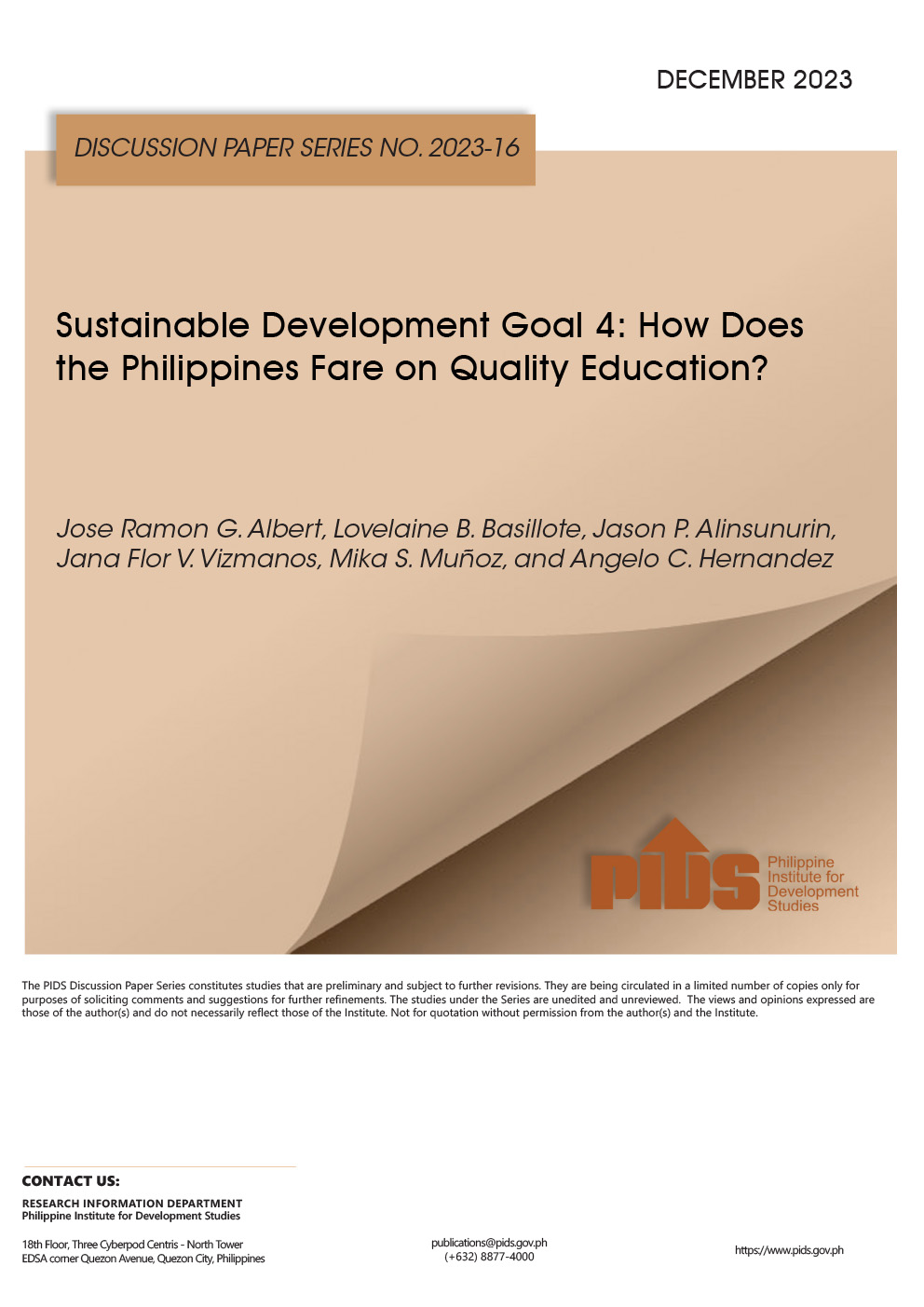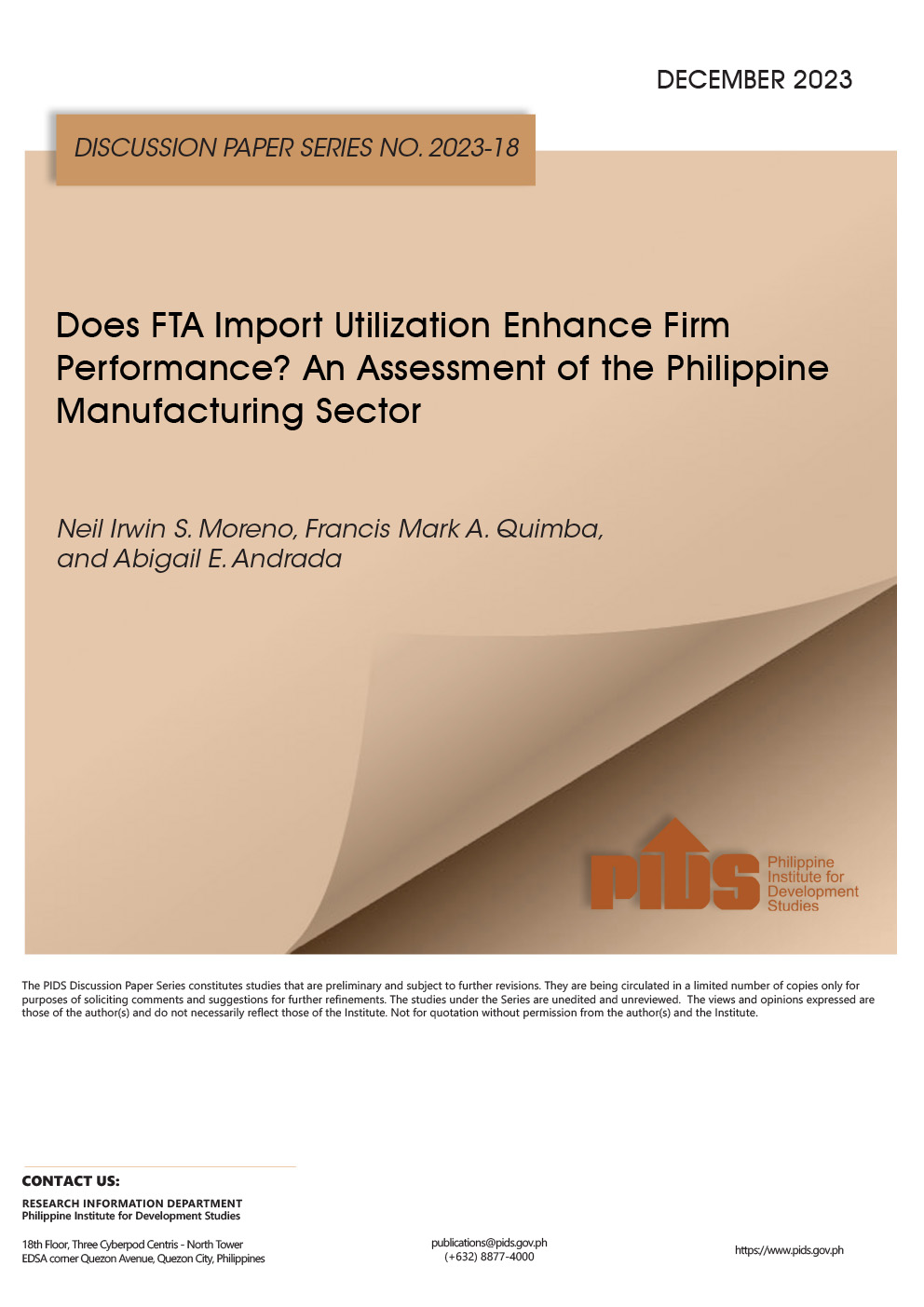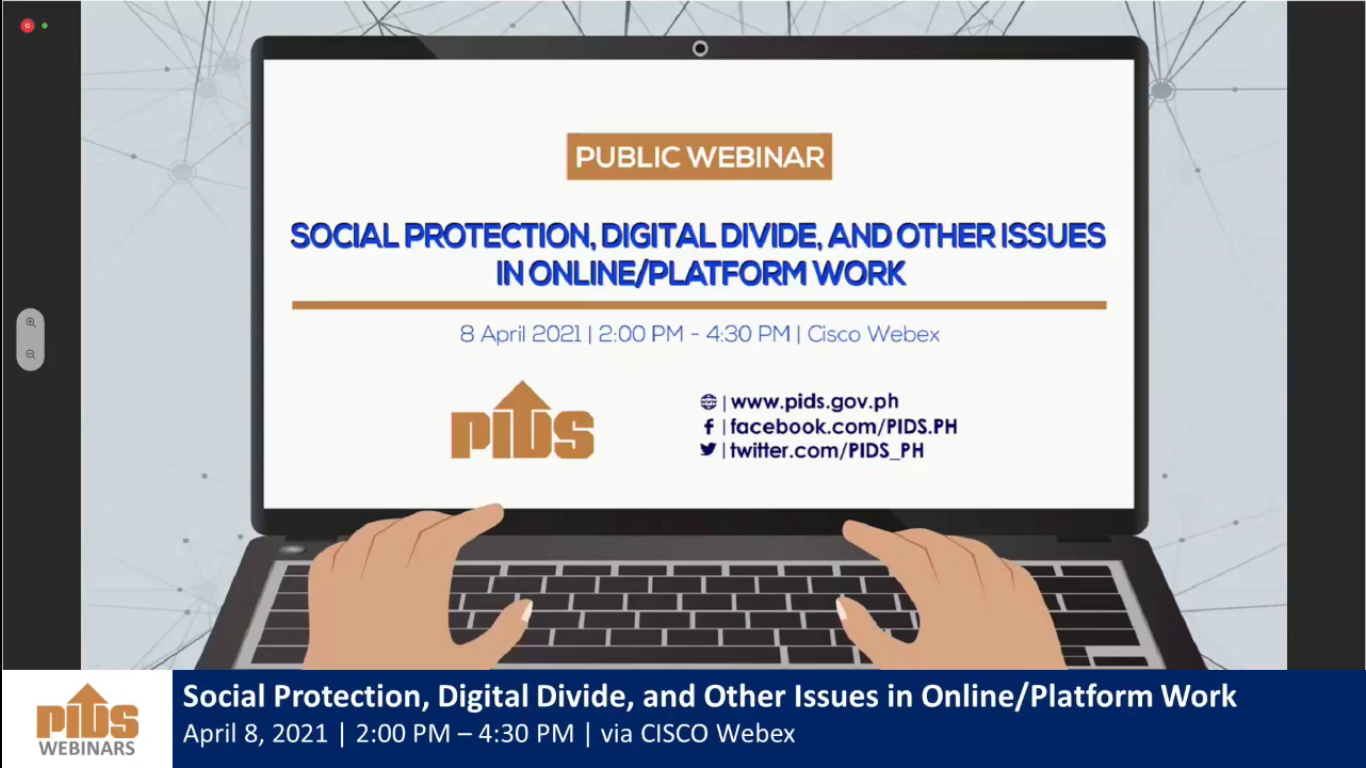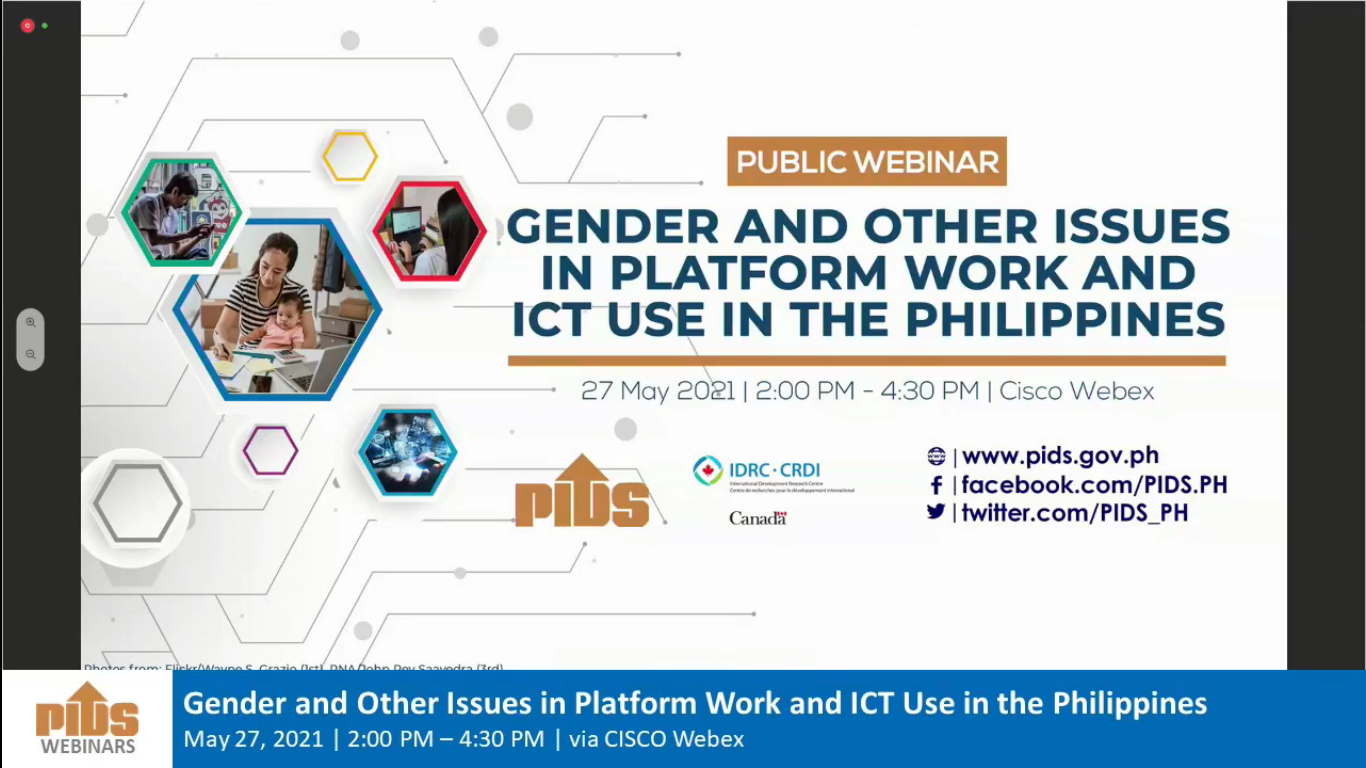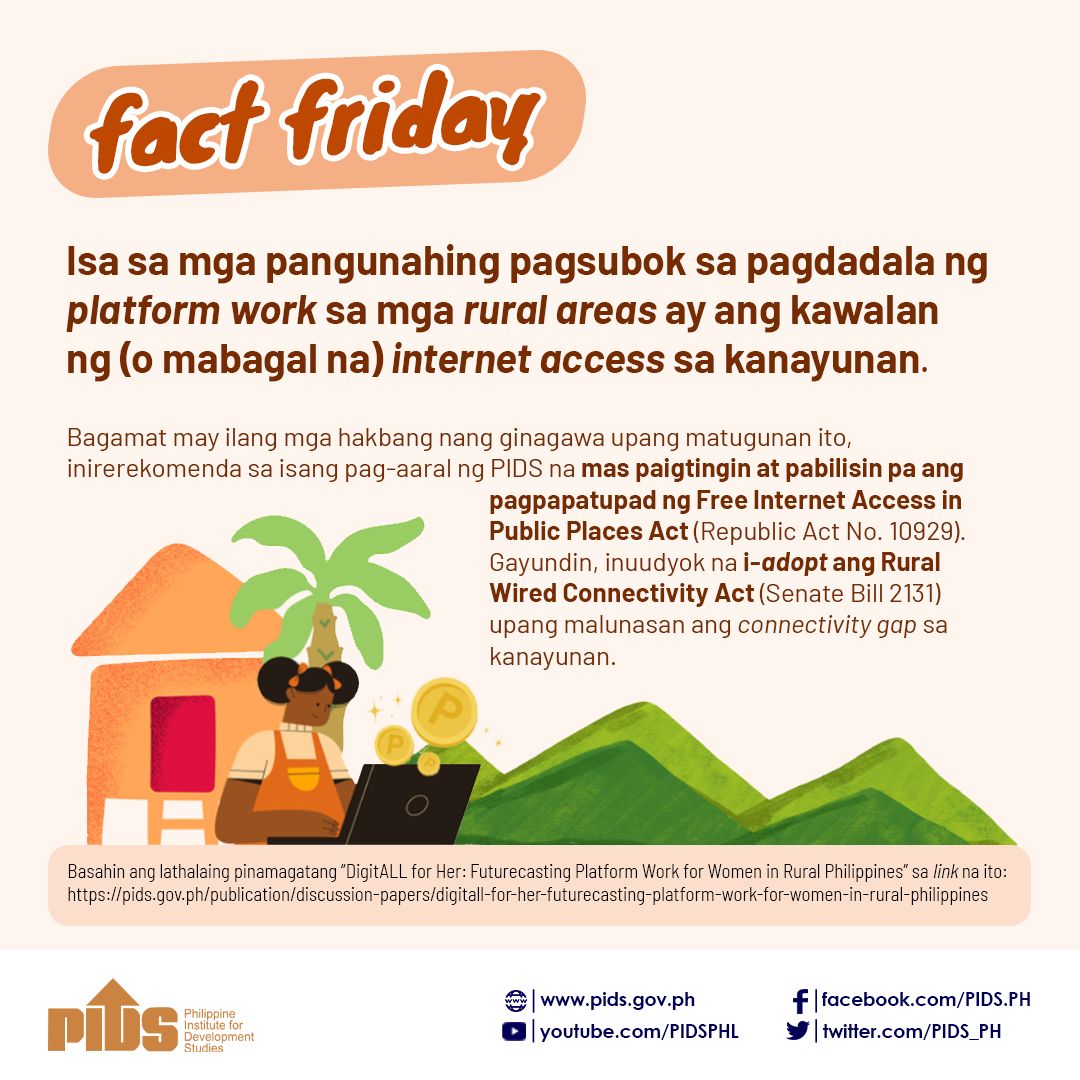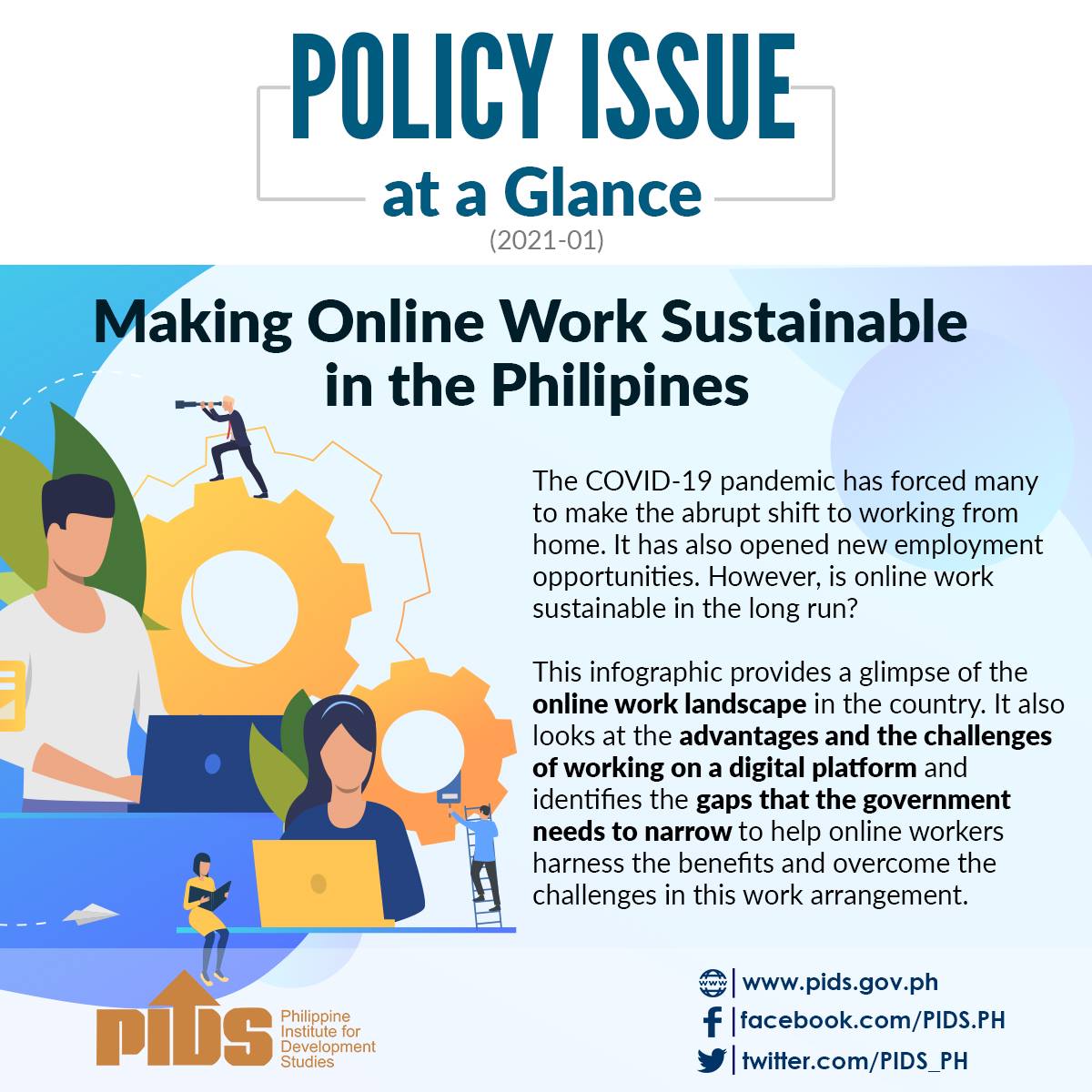
The BUB was initially intended for the poorest municipalities identified by the Cabinet’s Human Development and Poverty Reduction Cluster. In 2014, it was expanded to cover 1,233 municipalities and cities and was extended to all municipalities and cities across the country in fiscal year 2015.
The BUB process provides an excellent venue for people to express their needs and, together with the local governments, identify concrete solutions to problems they face. It is a good mechanism for local participation in community development and promotes transparency in the planning and budgeting processes. But does it really work? Initial assessment of the program conducted by PIDS in 12 municipalities and cities in four provinces across the county yielded not-so-favorable results. It revealed shortcomings and weaknesses in program implementation that negatively impinged on the quality of citizen participation.
In three municipalities in Quezon Province, PIDS consultants Cleofe Pastrana and Marites Lagarto observed the limited participation of civil society organizations (CSOs) during the assemblies. Local government unit (LGU) officials dominated the identification of projects, drawing doubts as to whether the real needs of the citizens were truly taken into account. In other areas like Agusan del Norte, PIDS researchers Danileen Parel, Keith Detros, and Christine Salinas observed that most of the projects prioritized during the Local Poverty Reduction Action Plan (LPRAP) workshops appear to be responsive to the needs of the citizens as identified by the CSOs and LGU officials but they do not seem to be well targeted to the poorest areas, which is a major objective of the BUB.
Another weakness found is the slow implementation of the projects identified during the CSO assemblies and prioritized during the LPRAP workshops. In most of the areas where the assessment was conducted, a new BUB cycle had ensued yet the CSOs and LGUs have not witnessed the start and completion of the projects they proposed nor have been informed of the status. In another case, the project was changed without the LGU’s knowledge. Evaluation reports also indicate the minimal participation of the CSOs in project implementation and monitoring.
Moreover, apprehensions have been raised by various sectors that the BUB could be exploited by the present administration to advance its own political interest. But PIDS Senior Research Fellow Rosario Manasan pointed out that the provisions of the Joint Memorandum Circular No. 4-2013, which lays down the rules for the implementation of the BUB, give national government little, if not, zero discretion in the allocation of funds across LGUs. She noted that even if the BUB budget is a lump-sum appropriation, the guidelines under the joint circular appear to be applied uniformly regardless of political affiliation of incumbent local chief executives. Manasan explained that the funding allocation across cities and municipalities is based on a formula, in which LGUs with more residents living below the poverty line get a higher BUB funding. Since BUB funding across LGUs is rule based rather than discretionary, Manasan said that it is not as vulnerable to patronage politics at both the national and local levels compared with other more discretionary funding sources for LGUs.
Further evaluation of the BUB in other areas can provide more clues on what other aspects need to be fine-tuned. For the BUB to become truly inclusive and participatory, meaningful participation of basic sector organizations and CSOS, which represent the citizens, should be encouraged and supported. The DBM should also ensure that transparency is always present—in the identification and prioritization of BUB projects, and even in the implementation stage—and that the program is insulated as much as possible from patronage politics.
Know what other PIDS studies have to say about the BUB in the Philippines. For other related studies, visit the SocioEconomic Research Portal for the Philippines. Simply type “bottom-up budgeting”, “local governance”, “budget reform”, “participatory budgeting”, and other relevant keywords in the Search box.
- Bottom-Up Budgeting: People’s Participation at Work
- Assessment of the Bottom-up Budgeting Process for FY 2015
- Grassroots Participatory Budgeting Process in Negros Province
- Bottom-up Budgeting Process Assessment: Agusan del Norte
- Process Assessment of the Bottom-up Budgeting: The Case of Quezon Province
- The impact of fiscal restraint on budgetary allocations for women’s programs
- Gender-Responsive Budgeting through the CBMS Lens
- Analysis of the President's Budget for 2013
- Analysis of the President's Budget for 2012
- Improving the Financial Management of Local Economic Enterprises

